Up Next

Last year when Formula 1 was due to be racing in Hanoi in Vietnam for the first time, our F1 writers Edd Straw and Mark Hughes ranked the previous 12 completely new tracks that had hosted grands prix in the 21st century.
That Hanoi race still hasn’t happened, and maybe won’t ever, but this weekend in Saudi Arabia F1 is tackling another completely new purpose-built venue as it races at Jeddah for the first time.
So that felt like the right moment to revisit our ranking of the 21st century F1 tracks to see what Jeddah is up against.
Some caveats. Only completely new circuits were eligible for our debate, so the revised versions of Mexico City and what is now the Red Bull Ring weren’t considered, but the Indianapolis road course was counted because only the oval had featured on an F1 calendar in the (very distant and largely anomalous in this case) past.
And since we did our ranking, Mugello and Losail have made unexpected F1 debuts. We haven’t counted them in this list though as neither was a new build for F1 (Losail may have been a 21st century creation, but it’s a MotoGP track that F1 just used as a stopgap this season).
So those are the rules. Now here is how we ranked the tracks:
12 Indianapolis road course
United States Grand Prix, 2000-07
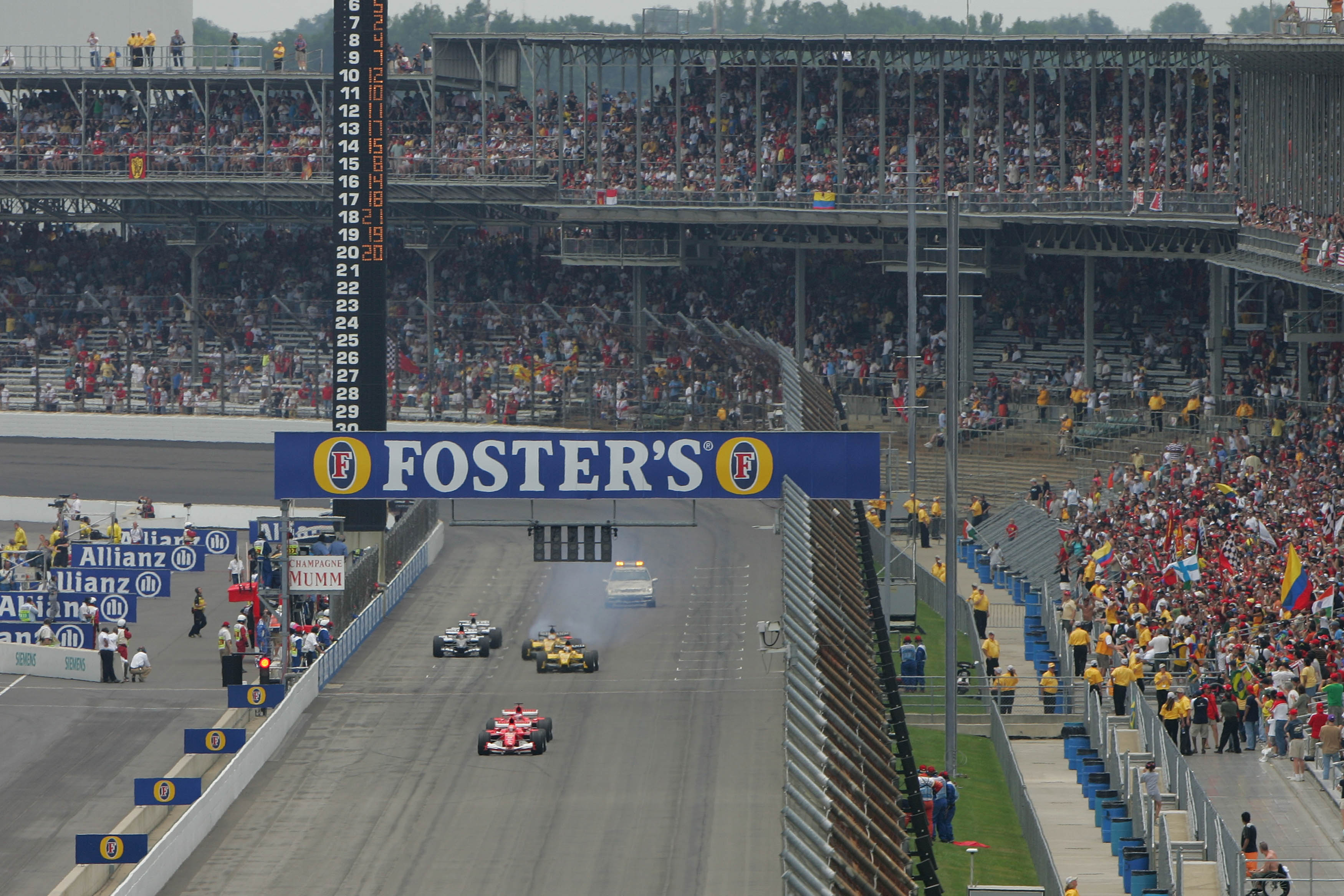
The union of America’s most legendary circuit and Formula 1 was supposed to be a milestone for grand prix racing in the United States.
Instead, it produced an unsatisfying ‘roval’ circuit best remembered for the farcical 2005 race that only six cars contested.
Yes, it had the novelty of the cars running ‘backwards’ through the speedway’s Turn 1 by way of a final corner – where Ralf Schumacher suffered two huge crashes – but the rest of the track was a relatively mundane series of infield corners.
Frankly, F1 never really fitted at The Brickyard.
11 Valencia Street Circuit
European Grand Prix, 2008-12
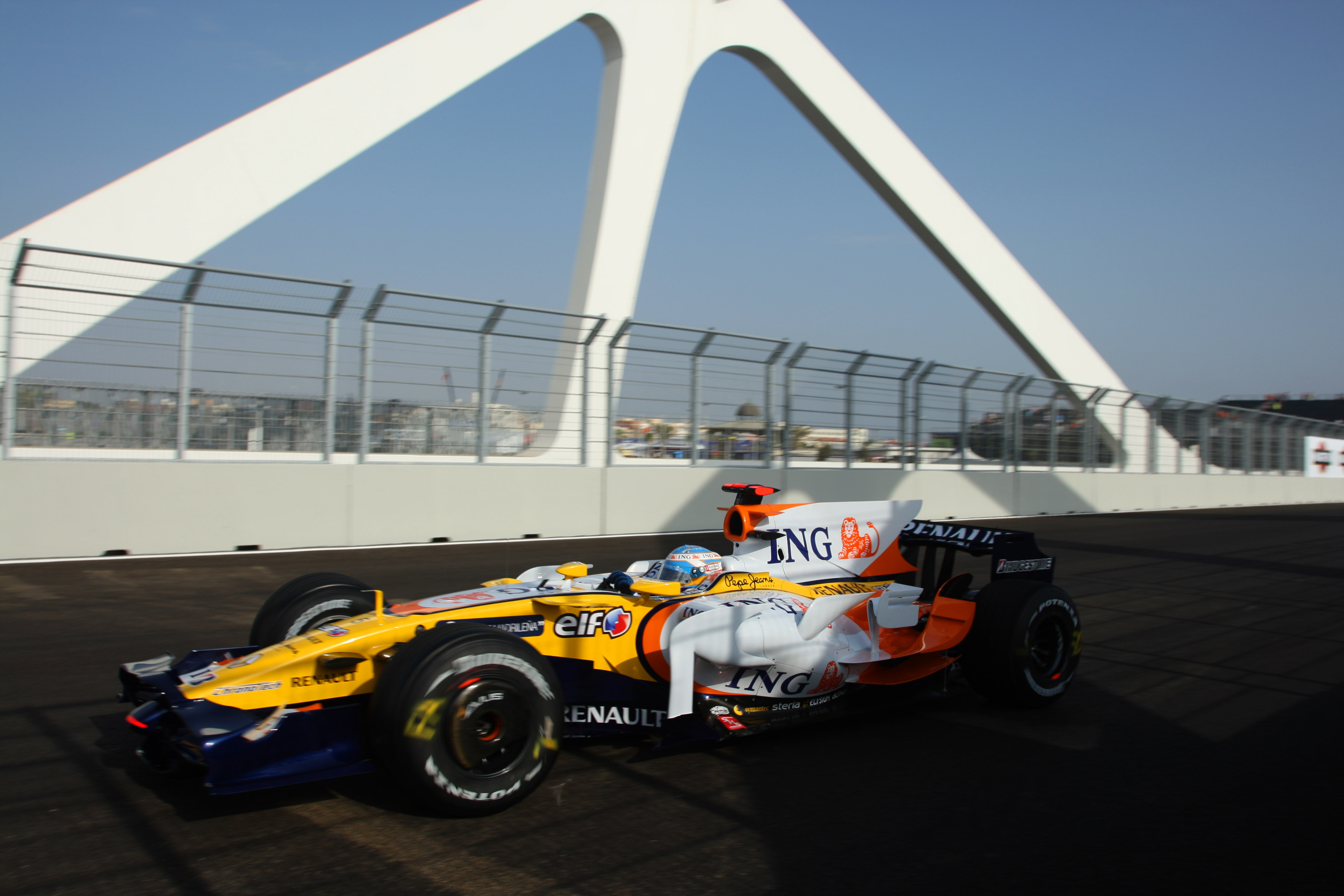
The Valencia Street Circuit, named to avoid confusion with the Circuit Ricardo Tormo permanent track just outside the city, didn’t make a big impression during its five years hosting the European Grand Prix from 2008-2012.
Hosted on roads around the harbour, which also housed the America’s Cup sailing headquarters buildings, and taking in a swing bridge, it was largely a bland track despite the harbourfront paddock and old fish market that provided an unusual setting for the garages.
While technically challenging, it was unpopular with drivers and only produced one truly memorable race – Fernando Alonso’s storming victory in the final grand prix staged there in 2012.
10 Sochi
Russian Grand Prix since 2014
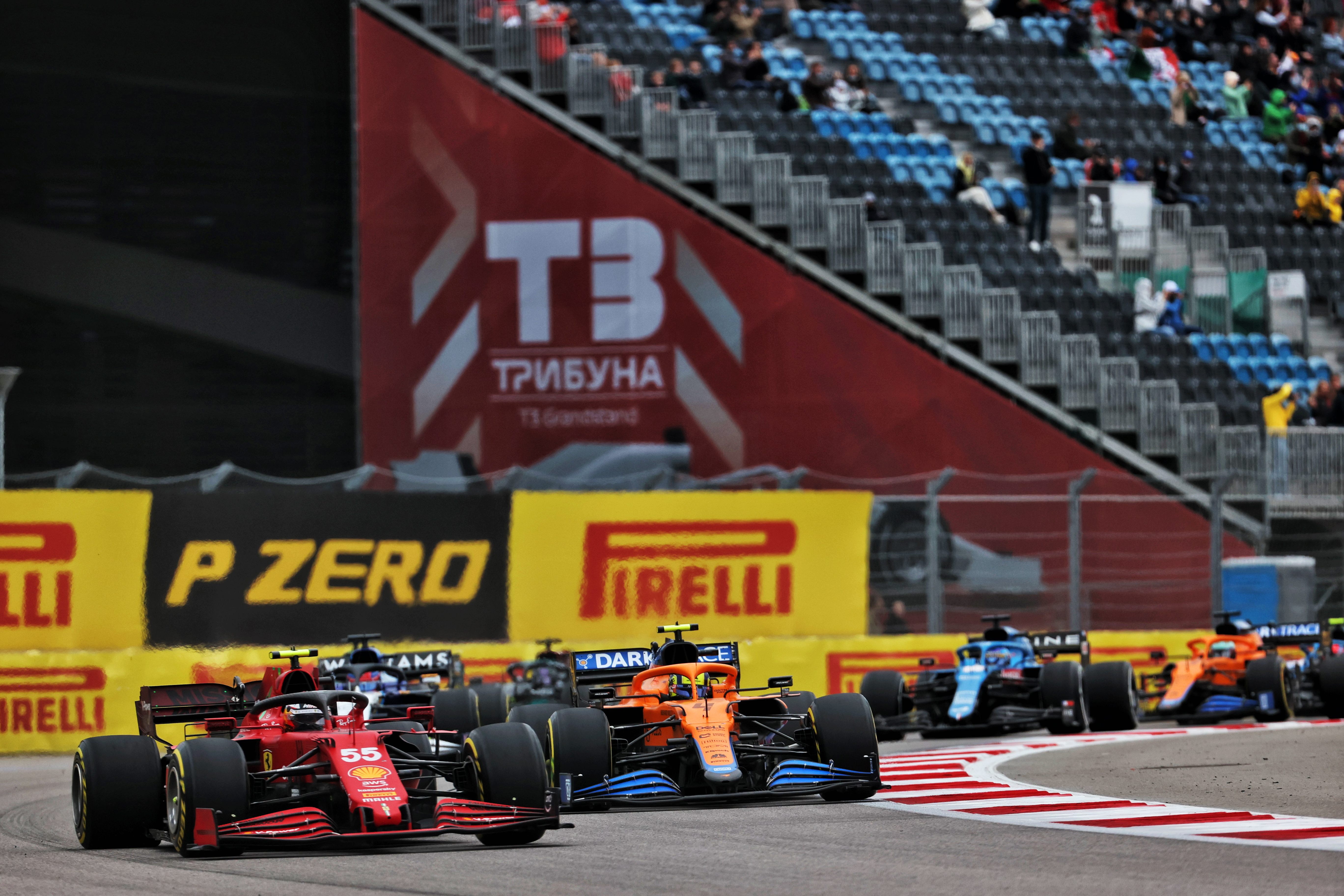
A pseudo-street track, this smooth, low-abrasion circuit comprises a seemingly endless sequence of 90-degree corners around facilities constructed for the 2014 Winter Olympics.
While that creates an unusual backdrop, it’s a circuit that feels like it’s constructed more to fit in around the various buildings than create a great racetrack. This results in that preponderance of 90-degree corners that gives the track a repetitive feel.
The endless left-hander early in the lap is perhaps Sochi’s most iconic corner. But it’s not a classic track and it doesn’t produce classic races.
9 Yas Marina
Abu Dhabi Grand Prix since 2009
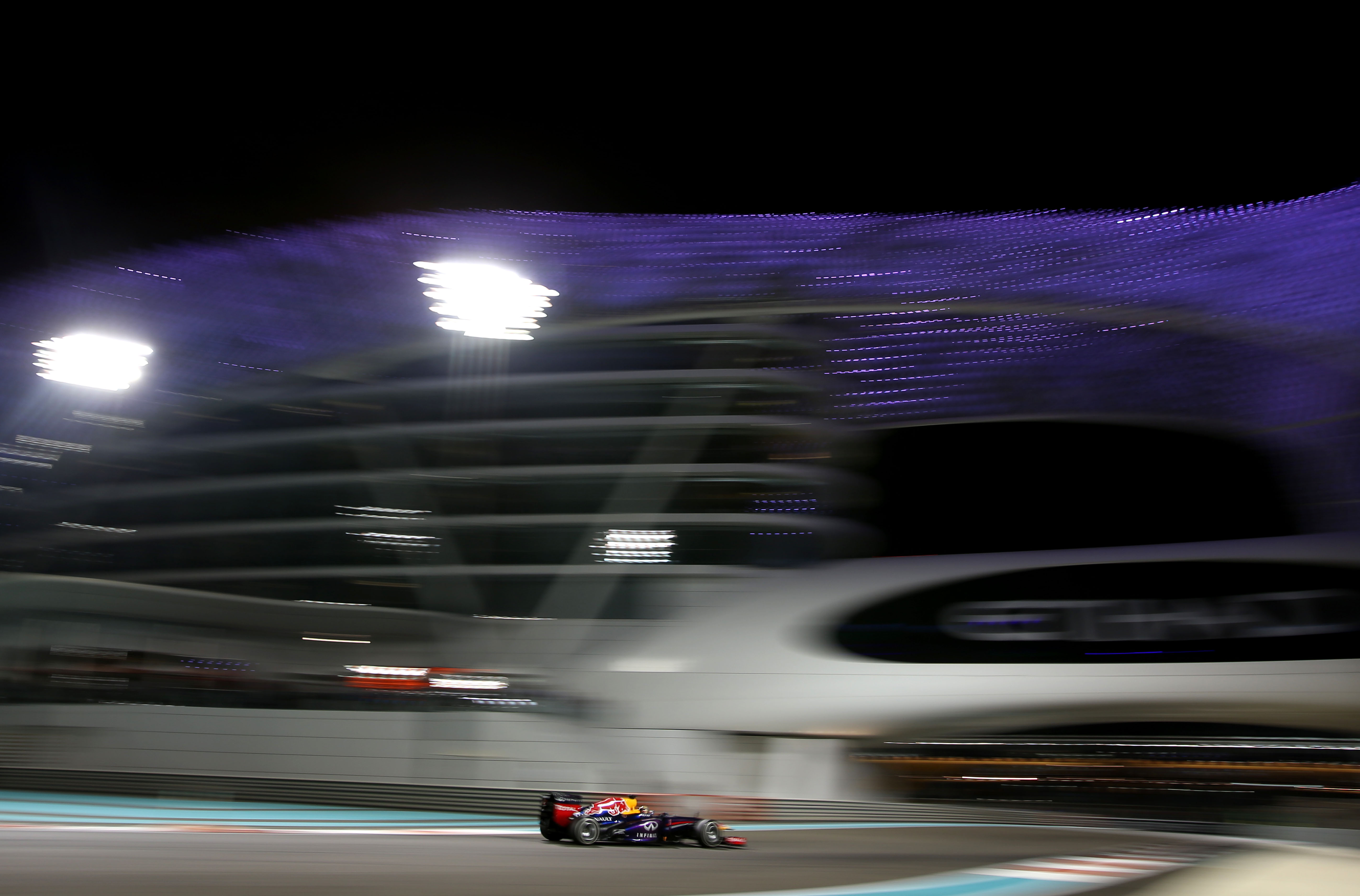
This is a classic example of a circuit designed to show off the surrounding features rather than the abilities of the cars and drivers.
While it does have two long straights that can produce good battles, much of the track appears to be conceived largely to work its way around the harbour at its heart and the Viceroy Hotel that bridges over it.
It’s not without driver challenge and when it passes under the hotel it has the feel of a street track, but it feels like any strengths as a race circuit are secondary to showing off what Yas Island has to offer.
Beautiful facility, mediocre track – though the changes put in place for 2021 may at least make the racing better.
8 Korea International Circuit
Korean Grand Prix 2010-13

F1 arrived in Korea for the first time in 2010 to an unfinished circuit with facilities that were completed in a rush. The marina and surrounding city were meant to follow, but never did for a venue that was a white elephant from the start.
And yet, it was a decent enough circuit. The first part of the lap was the overtaking section, including what was then F1’s longest straight on the drag to Turn 3.
Then there was the faster, more sweeping middle section that had aspirations to offer something of a Suzuka feel, before the lap finished in the ‘street track’ section among the skyscrapers that were never built.
It wasn’t great, it wasn’t bad – but it’s not missed.
7 Singapore
Singapore Grand Prix since 2008
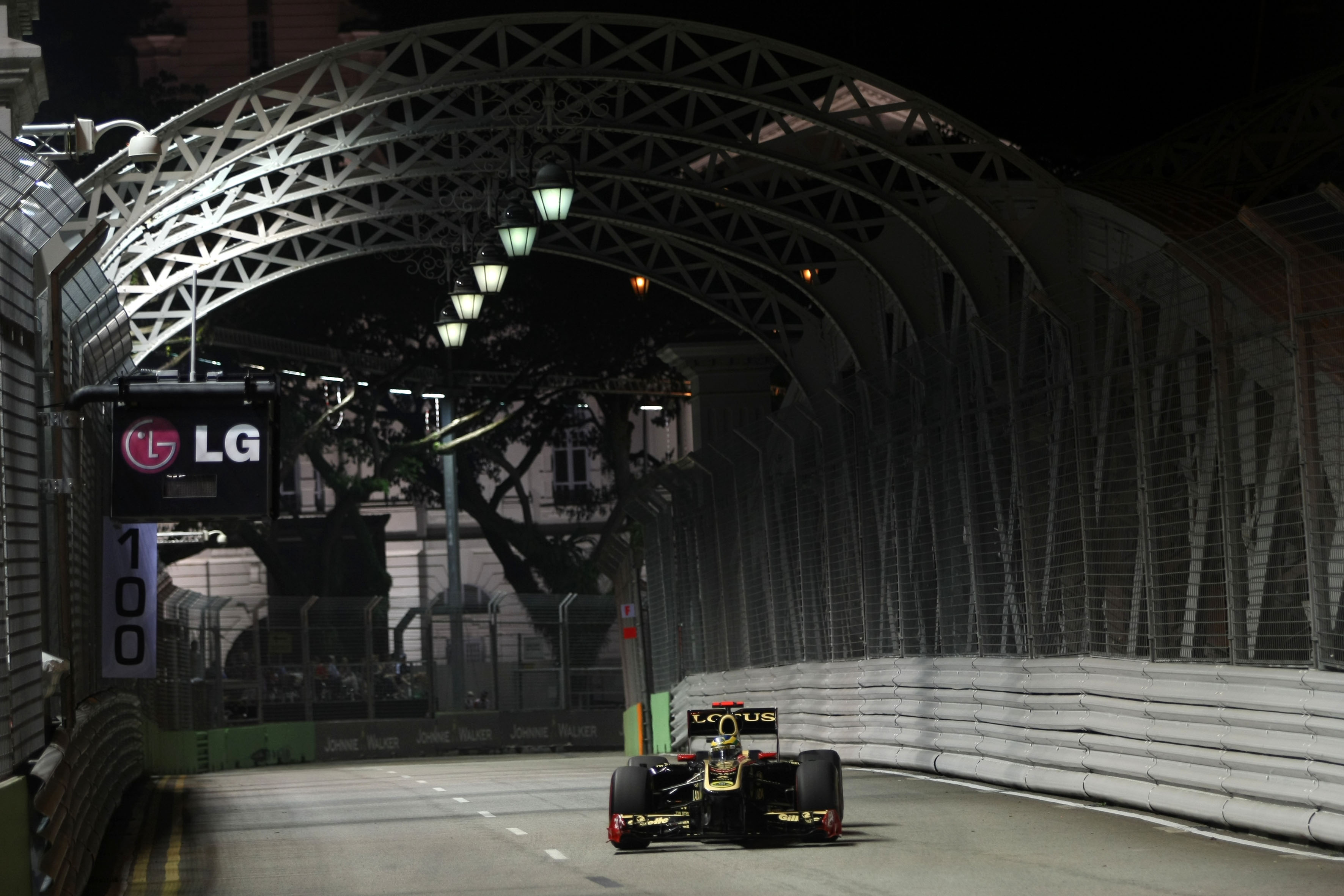
It doesn’t always make for great racing, but for drama and visual impact this is one stunning venue, only enhanced by its night-time, floodlit setting, city flyovers rising high above the track carrying normal traffic while a grand prix plays out below.
By general consensus it’s the most physically-demanding circuit on the calendar thanks to its equatorial muggy heat and the inevitably long race duration.
Skimming between the walls and leaving no margins here is territory reserved for the greats – who invariably shine.
6 Shanghai
Chinese Grand Prix since 2004
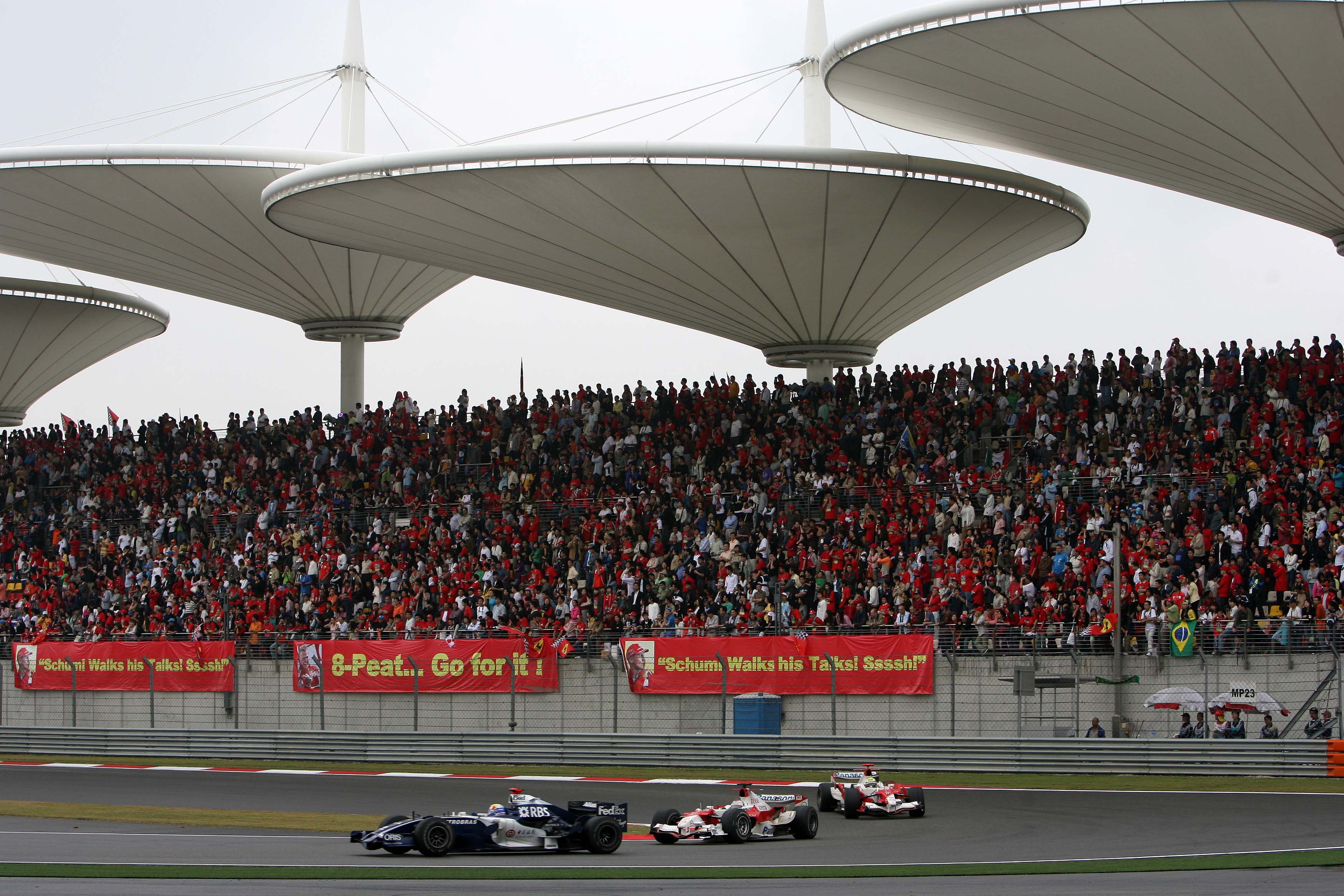
China’s place on the F1 calendar was forged around this smoggy site in Shanghai’s industrial margins.
But while the surrounding area wouldn’t really constitute a holiday destination, the track itself imposes some fascinatingly conflicted demands – and always produces action.
The first turn, with its flat-in-top entry descending ever-slower as it corkscrews downhill through 2/3 and 4, plays havoc with the front tyres.
Turn 6 at the end of the next straight is an innocuous-looking hairpin but there are ways of getting around it two-abreast.
Turn 7 is the fast kink where Lewis Hamilton tempted a new-tyred Max Verstappen into an ill-fated attempt at going around his outside in 2018.
5 Baku
Azerbaijan Grand Prix since 2016
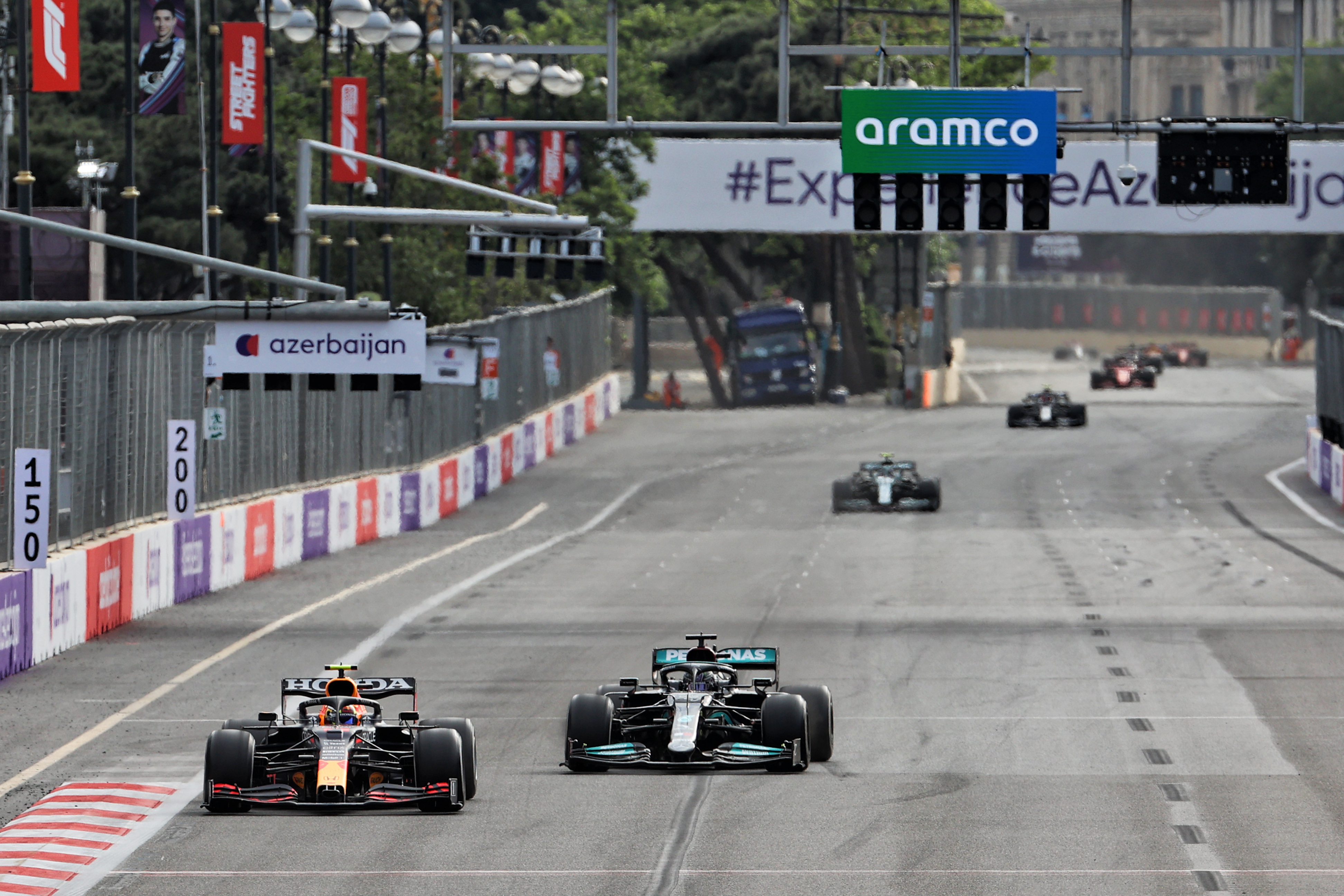
As a location, it’s perfect blend of modernity and antiquity with the high-rises of modern Baku and the antiquity of the old city with its fortress walls.
As a circuit, the endless drag down the main straight offers great overtaking opportunities and the twisty sections later in the lap test the street-circuit skills of the drivers.
And for those in the garages, it’s not easy to decide on the compromise between speed on the straights and in the corners.
After initially earning a reputation for tedious racing, Baku has since reliably delivered Sunday mayhem, turning it into one of the more anticipated races of the year.
4 Sakhir
Bahrain Grand Prix since 2004

The Bahrain track got a bit of a bad rap for the first couple of years thanks to relatively uneventful races.
It was the 2006 event and the classic race-long struggle between Fernando Alonso’s Renault and Michael Schumacher’s Ferrari that showed the circuit in its true dice-enhancing light.
The advent of DRS has only enhanced the impossible-to-defend sequence of Turns 1/2/3/4, and the heavy demands the place makes of the rear tyres mean the cars have to be set up in a way that compromises the handling, varying the feasible lines between cars.
3 Buddh International Circuit
Indian Grand Prix 2011-13
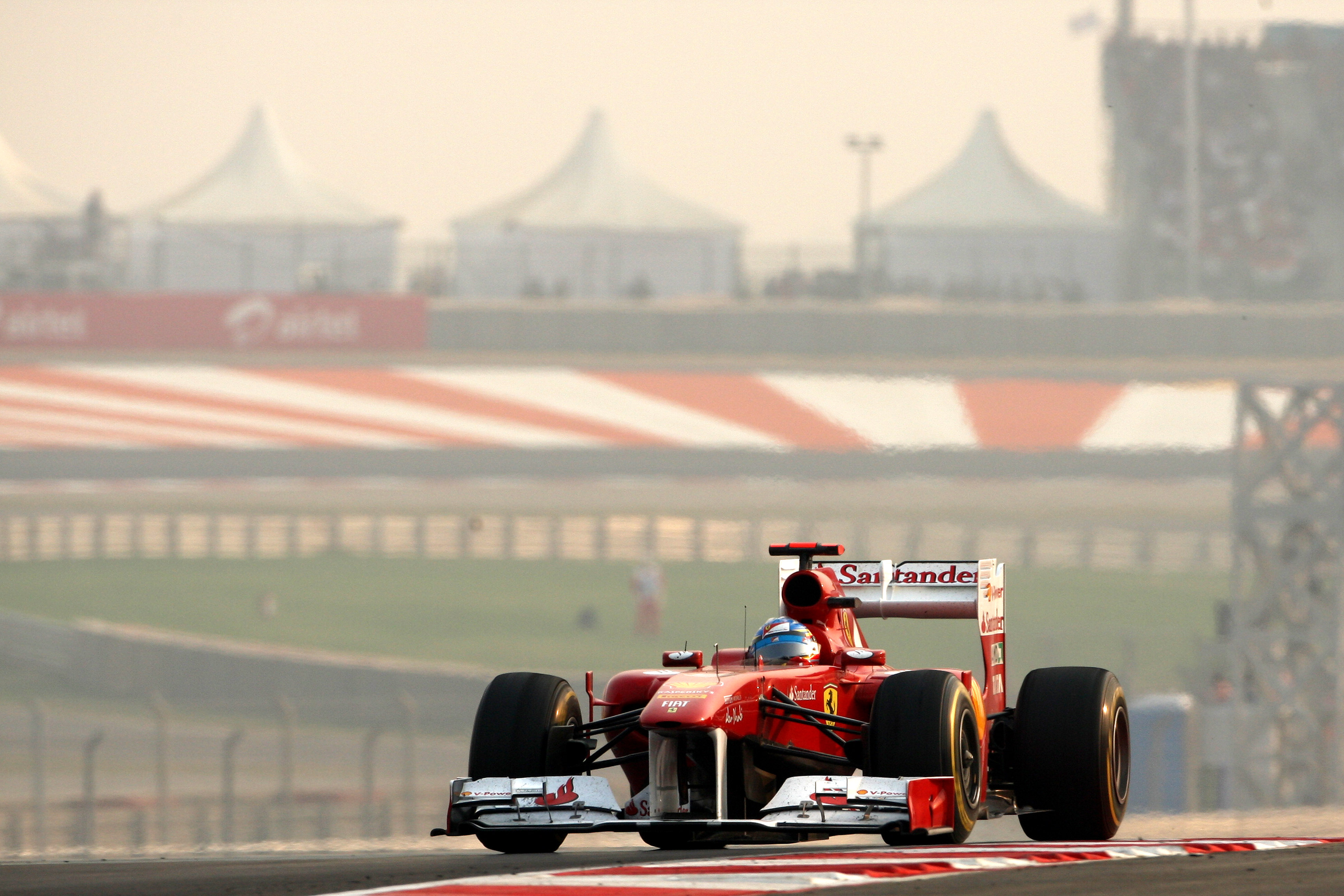
The venue of India’s shortlived grand prix featured a highly imaginative and varied track layout of sinewy curves and extensive elevation changes.
A wide-eyed Hamilton came in from his first laps of it, gushing, “This is a fantastic track.” The middle sector, where one high-g sustained loading led into another, was particularly challenging.
The paddock buildings didn’t inspire confidence that they’d remain standing through the weekend, but the circuit itself was terrific.
2 Istanbul Otodrom
Turkish Grand Prix 2005-11/2020-21
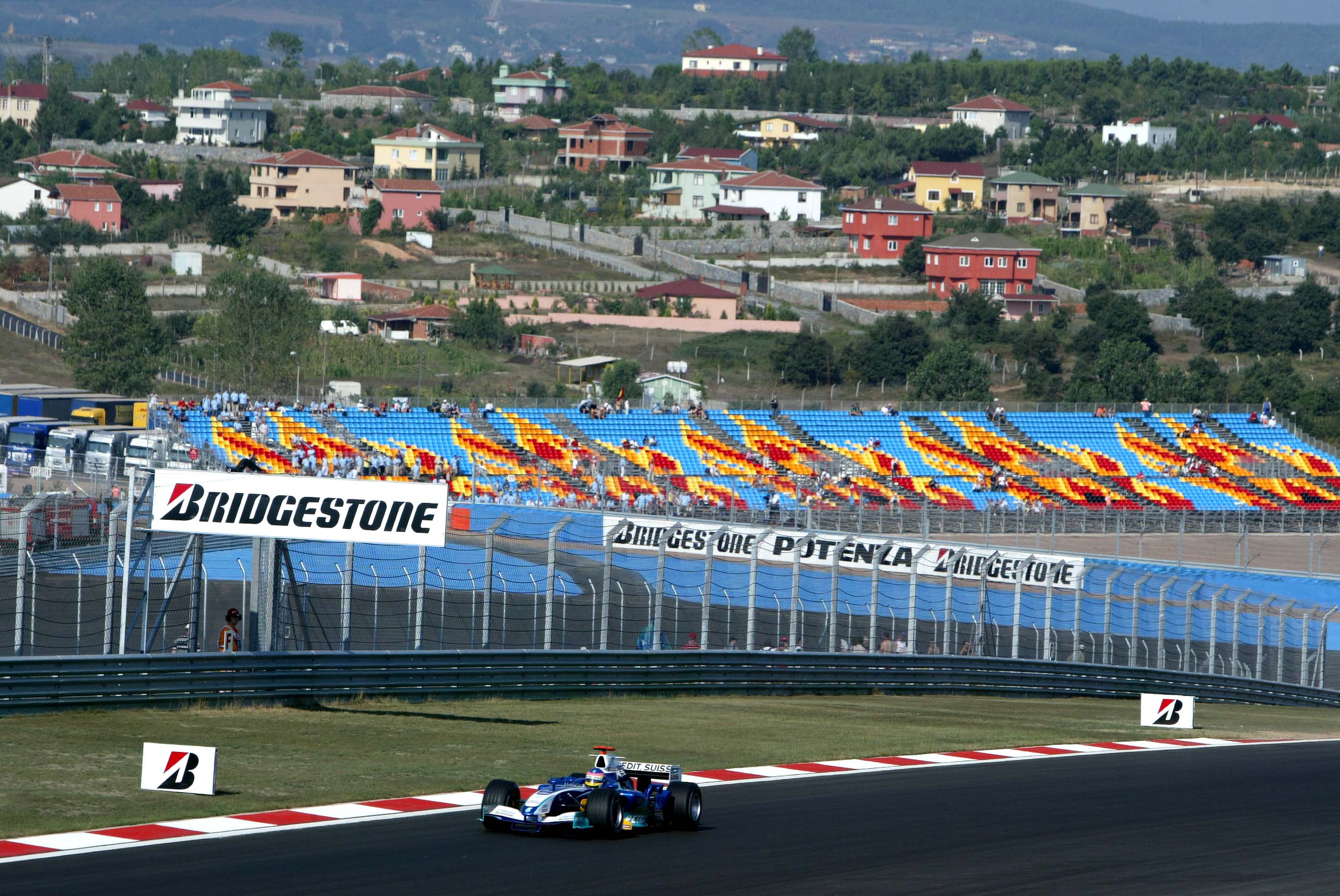
Out of nowhere the Turkish Grand Prix appeared on the F1 calendar, a surprise to everyone apart from Bernie Ecclestone.
An even better surprise was the circuit itself, set in a contoured rural landscape just on the Asian side of Istanbul.
Although the jewel in its crown was the formidable Turn 8 – a never-ending, top-gear, looping left-hander that challenged cars and drivers alike – the circuit featured a layout that induced time-costing errors, especially towards the end of the lap, this playing its part in some thrilling qualifying showdowns. Its surprise 2020/21 F1 return was very welcome.
1 Circuit of the Americas
United States Grand Prix since 2012

A fantastic venue in Austin, and a wonderful track.
Following the elevation changes of the surrounding land, elements from great F1 circuits in history were incorporated into the design of the circuit – the steep climb to Turn 1 from the Osterreichring, Silverstone’s Maggotts/Becketts/Chapel sequence in the esses, Hockenheim’s arena section and a reverse direction version of Istanbul’s mighty Turn 8 forming Turns 17/18 near the end of the lap.
The placement of tight corners at the end of both straights – and the widening of the circuit on the corner approaches, making multiple lines feasible – has encouraged some great racing over the years.




